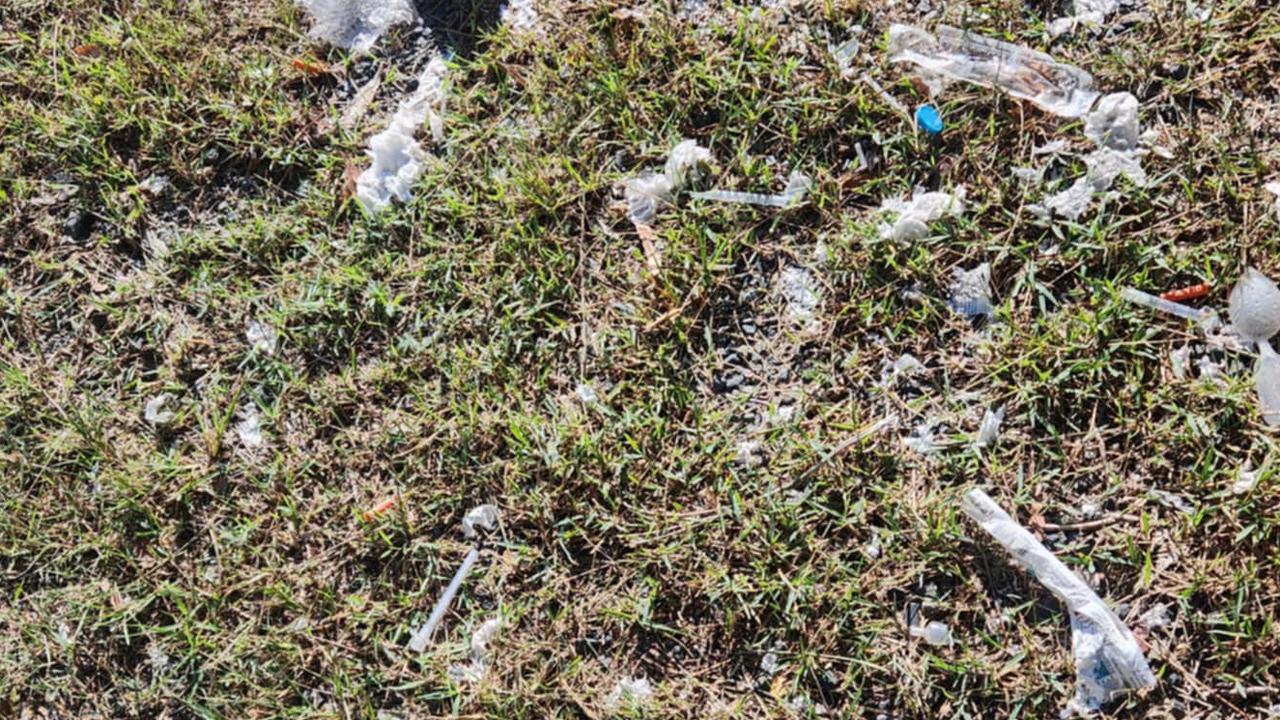Blueberry farmers urged to reduce the use of fertilisers
New guidelines have been introduced which recommend reducing the amount of fertilisers used on blueberry farms.

Coffs Harbour
Don't miss out on the headlines from Coffs Harbour. Followed categories will be added to My News.
NEW guidelines have been introduced which recommend reducing the amount of fertilisers used on blueberry farms.
The NSW Department of Primary Industries (DPI) introduced the interim fertiliser application guidelines to better match fertiliser application to crop needs, which they say will help facilitate more efficient use of fertilisers and improve productivity and profitability for blueberry growers.
NSW DPI Senior Research Scientist, Dr Sophie Parks said more efficient fertiliser application can reduce the risk of excess nutrients ending up in farm run off and polluting water quality in creeks and rivers and the marine estate.
"The current recommended application is no more than 100 to 121 kg of nitrogen per hectare per annum in mature crops of fertigated blueberries grown in soil with a plant density of approximately 3500 plants per hectare," Dr Parks said.
RELATED:
Alarming results prompt calls to reform blueberry industry
Farmer says protesters are 'picking on us'
Powerful nerve toxin linked to lake fish kill
This revised recommendation is less than the rate previously recommended by DPI in 2006, and is based on the most recent evidence for nutrient requirements for the Northern Highbush blueberry variety, from US researchers Vargus and Bryla, where nitrogen is applied annually as urea through fertigation.
"However, the nitrogen requirements for blueberry crops also depend on other factors such as the season, stage of growth, and soil type."

Dr Parks said research is ongoing as the combined impact of these factors is not well understood for crops grown on the mid-north Coast of NSW and more northerly regions.
"The interim fertiliser application guidelines have been released to allow industry to provide feedback on their suitability and further modifications will be incorporated as farm and pot trials progress," Dr Parks said.
The Clean Coast Catchments (CCC) research will gather more detailed data on how nitrogen is taken up by the blueberry plant and how nutrients are lost from the growing system, looking closely at associations with growth phase and climate.
The Clean Coastal Catchments project is funded under the NSW Government's Marine Estate Management Strategy. The ten-year Strategy was developed by the NSW Marine Estate Management Authority to coordinate the management of the marine estate.
The fertiliser guidelines are available on the DPI website: www.dpi.nsw.gov.au/agriculture/irrigation/clean-coastal-catchments


